In May 2022, the World Health Organization (WHO) reported that confirmed mpox cases were growing in countries outside of Africa. Since then, the rate of mpox diagnosis in Europe and the Americas has grown to a point where 9 of the top 10 countries by confirmed diagnosis are now outside of Africa, making mpox a genuine health threat to expats living in affected countries.
Worldwide Mpox Cases, Deaths, and Countries Reporting Cases from Jan 2022 to July 2024 (WHO)

102,997

223

121
The majority of diagnosed cases are from Europe and the Americas, with 9 out of the top 10 countries by diagnosis being outside of Africa. The top ten countries by diagnosis with the number of cases are listed below.

(33,556)

(11,841)

(8,104)

(4,385)

(4,286)

(4,256)

(4,132)

(4,018)

(3,939)

(3,886)
Five of the top ten mpox stricken countries are located in the Americas (WHO)
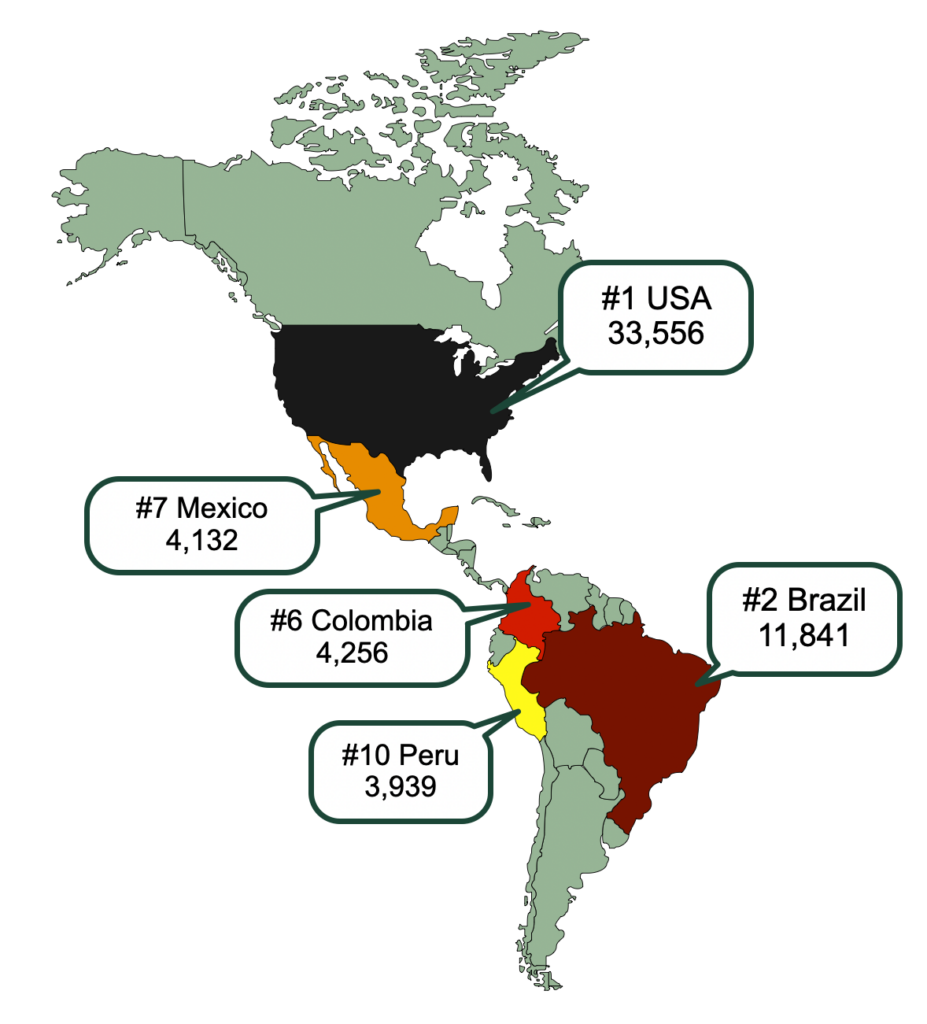
What is Mpox?
Mpox (formerly monkeypox) is an infectious disease caused by the mpox virus.
What Are Its Symptoms?
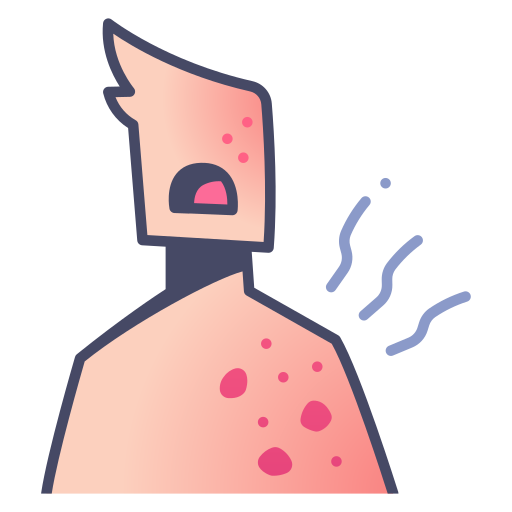

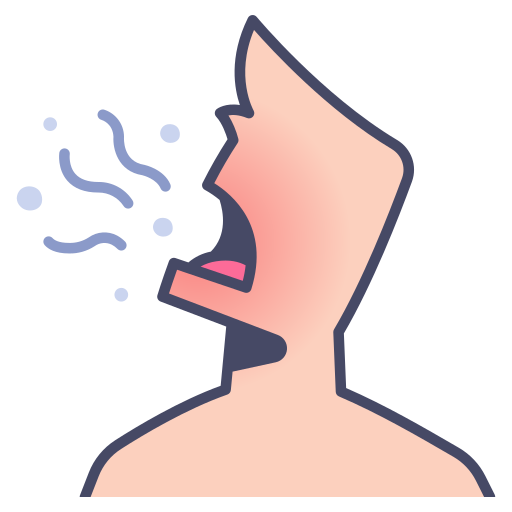

Other symptoms include muscle aches, low energy, and swollen lymph nodes.
Who Is Susceptible?
Anyone is susceptible, but children, pregnant women, and people with weak immune systems are especially vulnerable.
How Is It Spread?
Person-to-person transmission of mpox can occur through direct contact with infectious skin or lesions in or on the mouth or on genitals. Transmission almost always requires close contact with an infected individual which can include touching, kissing, and sexual intercourse. More rarely, people can also contract mpox from contaminated objects like clothing, linen, and needles.
How Do I Protect Myself and My Family?
The best prevention is to avoid close physical contact with anyone who has the symptoms listed above and anyone who has traveled to a part of the world where a mpox epidemic is occurring. There’s also a vaccine that can help prevent the disease, even after initial infection. The vaccine should be given within 4 days of contact with someone who has mpox (or within 14 days if there are no symptoms).
Identifying mpox can be difficult as its symptoms are often similar to those of other infections such as chickenpox, measles, herpes, syphilis, bacterial skin infections, and some medication-associated allergic reactions. For these reasons, lab testing is key for a proper diagnosis that can help prevent spread and indicate adequate treatment as early as possible.
How Is It Treated?
There is no cure for mpox. Like other pox viruses, mpox’s treatment is limited to supportive care to treat the symptoms of the rash, manage pain, and prevent complications. Most people with mpox will recover within 2–4 weeks, recommended treatments include:
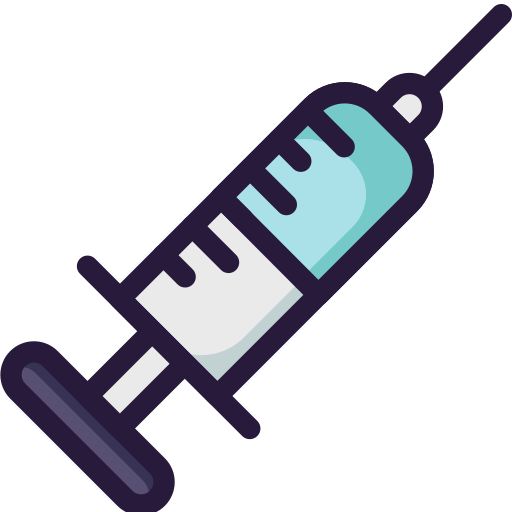
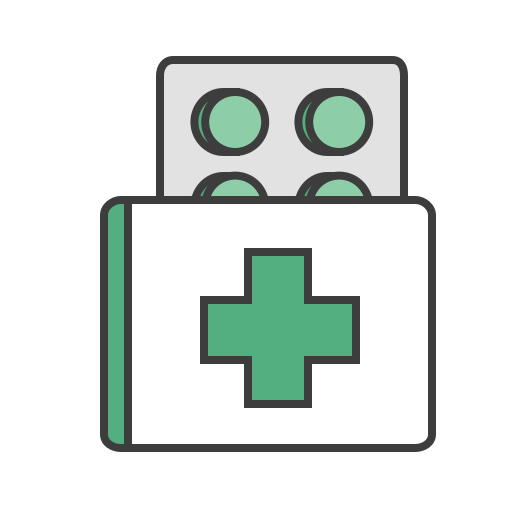
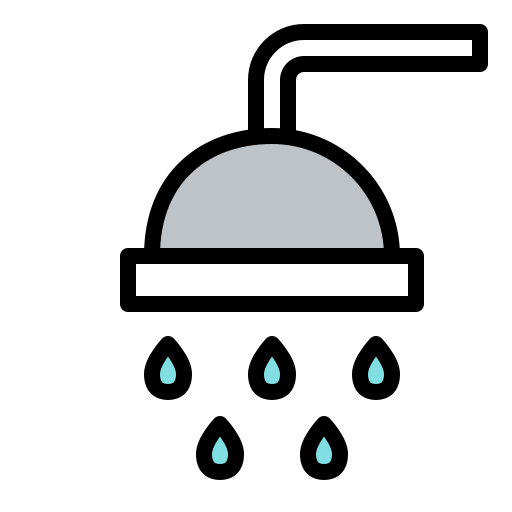
How to Prevent Spread?
If you suspect you have mpox or have been in touch with someone who has, you should try to prevent infecting other people, some recommended tips are:



Following the simple preventive measures above can help to spare you and your family from mpox. If you think you were exposed, or have any of the symptoms discussed above, see your doctor immediately to get an mpox test and, if needed, a vaccine so that proper treatment can begin as soon as possible.

